Discovery is an optional and sometimes stand-alone feature. But we strongly recommend conducting a comprehensive discovery process of your organization so you begin your work with a view through objective, outsiders’ eyes. Discovery often yields surprising revelations. We start by asking you for a variety of information – handbooks, absenteeism, turn-over, any data by which you measure your success, and if you have restorative practices already in place. Then we do a site visit for three to five hours.
We work with the client leadership to establish what it is you would like to know, if you have questions about your organization.
For the visit itself, you schedule interviews with key people as well as focus groups with whomever you feel represents diverse perspectives, which might include consumers. Input from RJP skeptics is hugely helpful. In schools we speak with students, staff, and sometimes community members such as parents, police or social services. We leave time to roam public areas for random, casual interactions. We want to understand your community’s issues, potential solutions, their current buy-in and so forth.
We then write up our observations and recommendations for the client leader who may or may not chose to share it with the staff. These reports are invaluable for implementation teams.


